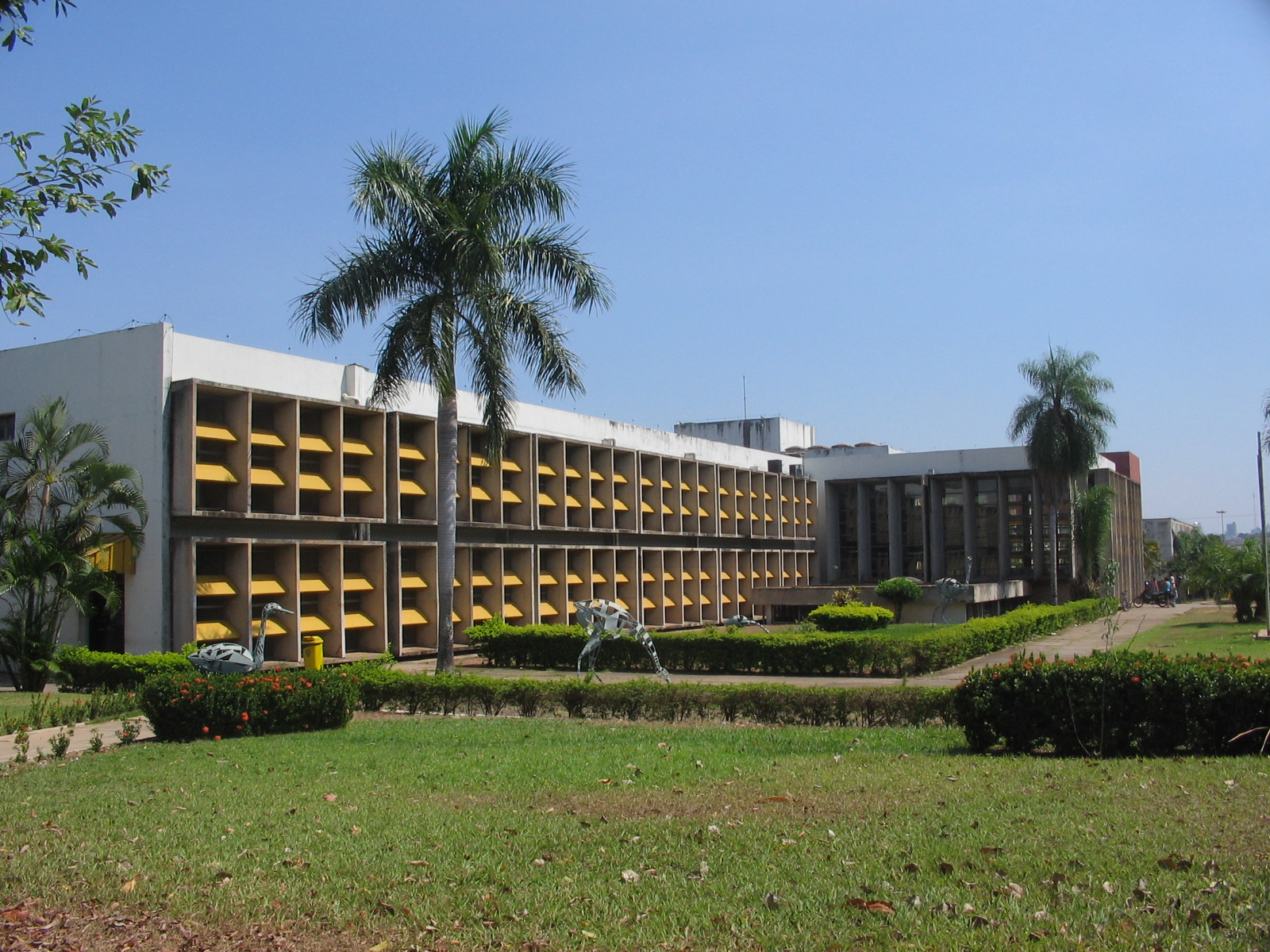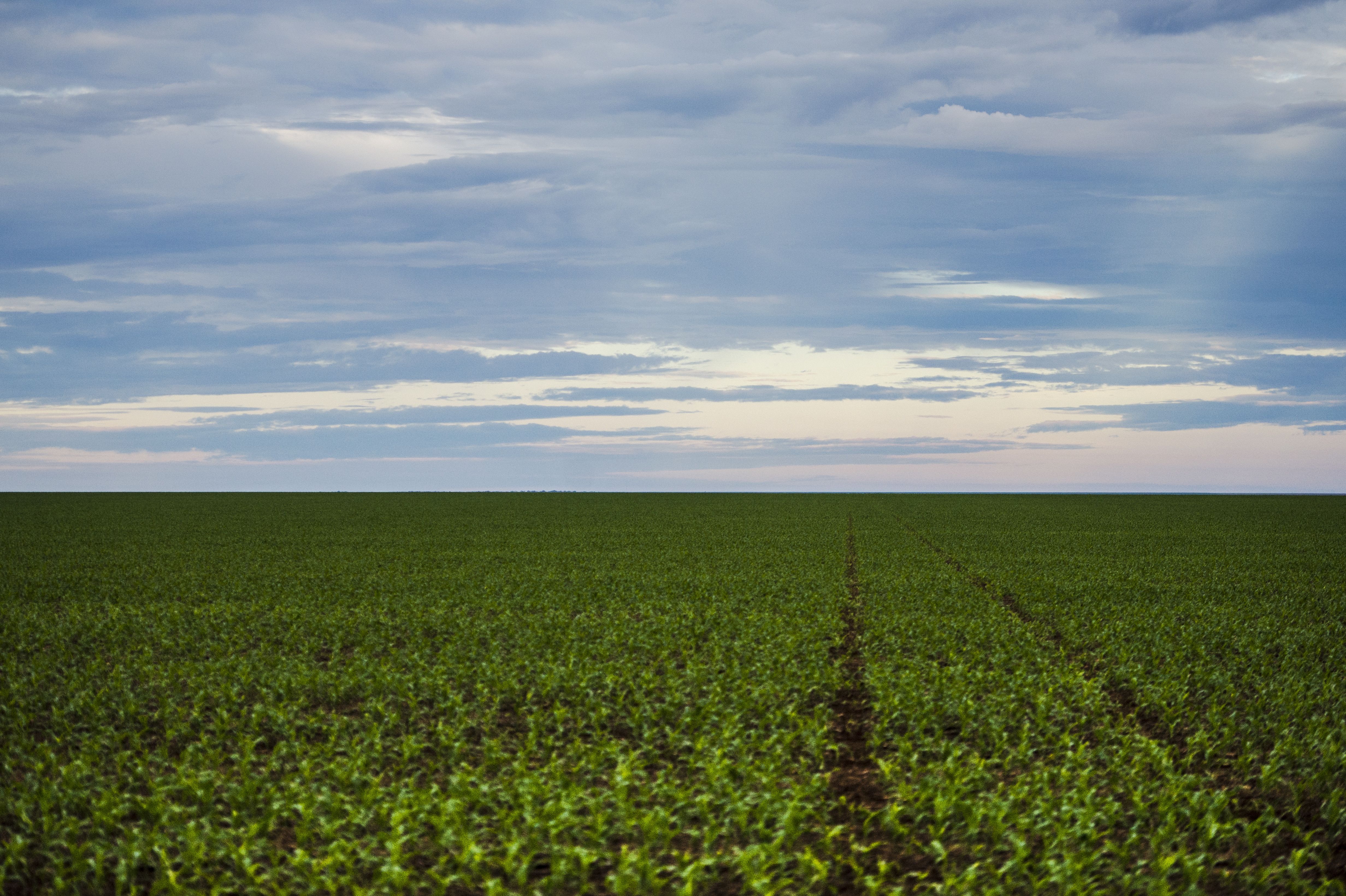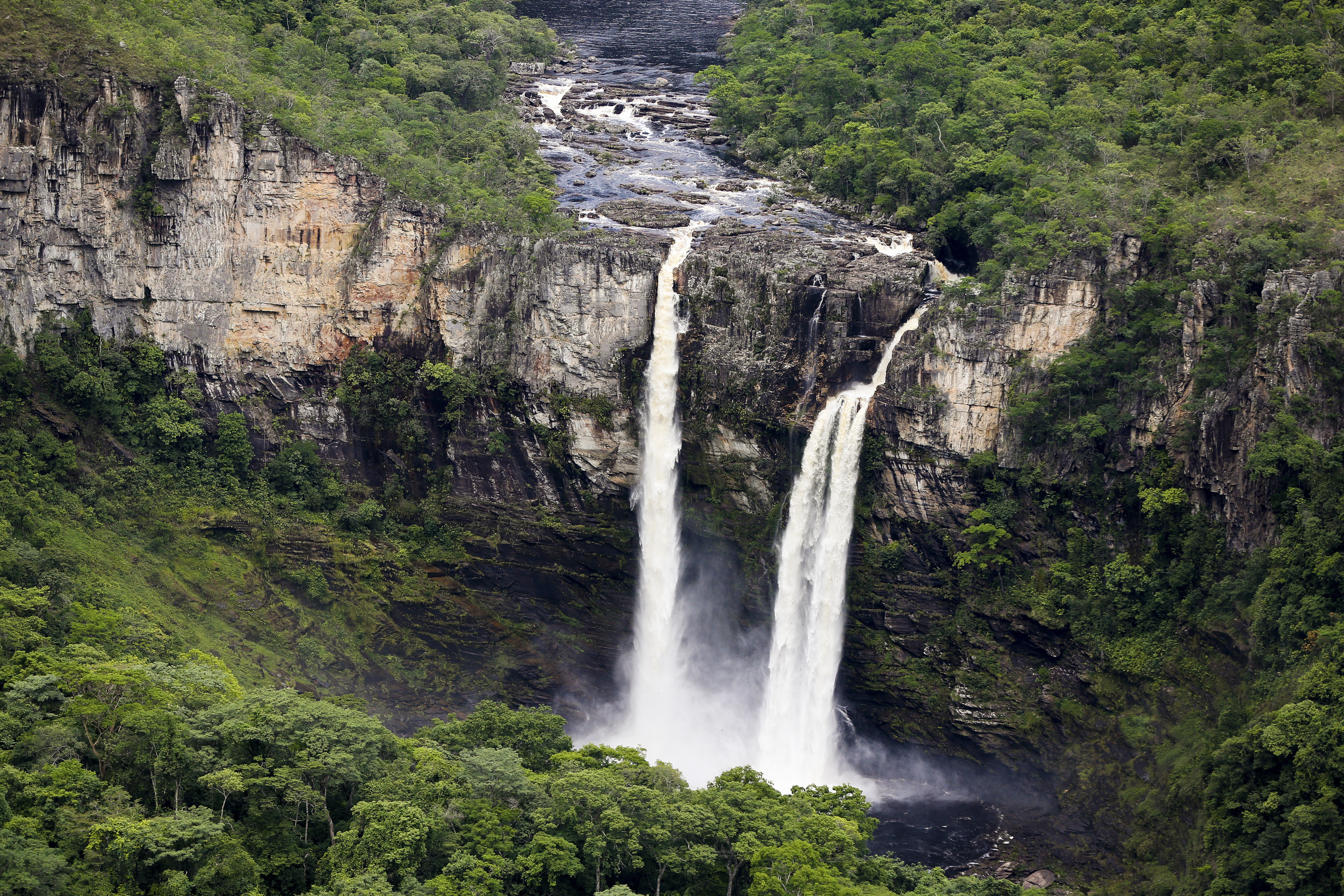|
Mãe Bonifácia State Park
The Mãe Bonifácia State Park () is a state park in the city of Cuiabá, Mato Grosso, Brazil. It is a city park with nature trails, jogging trails, a playground and picnic areas. The park is heavily used, and has some environmental problems. Location The Mãe Bonifácia State Park is in the Duque de Caxias neighborhood of Cuiabá, the state capital of Mato Grosso. It has an area of . The trees are mostly typical of the ''cerrado''. There are some white-headed marmosets (''Callithrix geoffroyi'') and other small primates in the park. The park is a popular place for residents of Cuiabá or tourists to relax with their children. There are paved and sand trails for exercise, with physical exercise equipment, a playground, a lookout that gives a 360o view of the city, and wildlife and flora trails. The longest trail is the Trilha das Bandeiras, at . The park can be visited free of charge from 5:30 am to 6:00 pm daily. It gets about 600 visitors per day, rising to 3,000 on weekends. ... [...More Info...] [...Related Items...] OR: [Wikipedia] [Google] [Baidu] |
Cuiabá
Cuiabá () is the capital city and the largest city of the Brazilian state of Mato Grosso. It is located near the geographical centre of South America and also forms the metropolitan area of Mato Grosso, along with the neighbouring town of Várzea Grande, Mato Grosso, Várzea Grande. The city's name is an indigenous Bororo language, Bororo word meaning 'arrow-fishing', The city was founded in 1719, during the gold rush, and it has been the state capital since 1818. The city is a trading centre for an extensive cattle-raising and agricultural area. The capital is among the fastest-growing cities in Brazil, followed by the growth of agribusiness in Mato Grosso, despite the recession that is affecting Brazilian industries. Cuiabá was one of the host cities for the 2014 FIFA World Cup. Cuiabá is the heart of an urban area that also includes the state's second largest city, Várzea Grande, Mato Grosso, Várzea Grande. The city is the seat of the Federal University of Mato Grosso and ... [...More Info...] [...Related Items...] OR: [Wikipedia] [Google] [Baidu] |
Mato Grosso
Mato Grosso ( – ) is one of the states of Brazil, the List of Brazilian states by area, third largest by area, located in the Central-West Region, Brazil, Central-West region. The state has 1.66% of the Brazilian population and is responsible for 1.9% of the Brazilian GDP. Neighboring states (from west clockwise) are: Rondônia, Amazonas State, Brazil, Amazonas, Pará, Tocantins, Goiás and Mato Grosso do Sul. It is divided into 142 municipalities and covers an area of 903,357 square kilometers, consequently the state is roughly 82.2% of the size of its southwest neighbor, the nation of Bolivia. A state with a flat landscape that alternates between vast ''chapadas'' and plain areas, Mato Grosso contains three main ecosystems: the Cerrado, the Pantanal and the Amazon rainforest. The Chapada dos Guimarães National Park, with its caves, grottoes, tracks, and waterfalls, is one of its tourist attractions. The extreme northwest of the state has a small part of the Amazonian fores ... [...More Info...] [...Related Items...] OR: [Wikipedia] [Google] [Baidu] |
State Park (Brazil)
A state park () in Brazil is a legally defined type of protected area operated by one of the states. Their goal is to preserve important or beautiful natural ecosystems. Public access is allowed subject to regulations defined by the responsible agency. Definition State parks fall under the same regulations as national parks, defined by law 9.985 of July 2000. The park's basic objective is preservation of natural ecosystems of great ecological relevance and scenic beauty. This enables the conduct of scientific research and the development of educational activities and environmental interpretation, recreation in contact with nature and eco tourism. The park is publicly owned, and private areas included in its limits will be expropriated when it is established. Public visitation is subject to the rules and restrictions set out in Unit Management Plan, rules established by the body responsible for its administration, and those provided for by regulation. Scientific research requires ... [...More Info...] [...Related Items...] OR: [Wikipedia] [Google] [Baidu] |
Cerrado
The Cerrado () is a vast ecoregion of Tropics, tropical savanna in central Brazil, being present in the states of Goiás, Mato Grosso do Sul, Mato Grosso, Tocantins, Maranhão, Piauí, Bahia, Minas Gerais, São Paulo (state), São Paulo, Paraná (state), Paraná and the Federal District (Brazil), Federal District. The core areas of the Cerrado biome are the Brazilian highlands – the ''Planalto''. The main habitat types of the Cerrado consist of forest savanna, wooded savanna, park savanna and grass, gramineous-woody savanna. The Cerrado also includes savanna wetlands and gallery forests. The second largest of Biomes in Brazil, Brazil's major habitat types, after the Amazon rainforest, Amazonian rainforest, the Cerrado accounts for a full 21 percent of the country's land area (extending marginally into Paraguay and Bolivia). About 75% of the Cerrado’s 2 million km2 is privately owned. Vast amounts of research have shown that the Cerrado is one of the richest of all tropi ... [...More Info...] [...Related Items...] OR: [Wikipedia] [Google] [Baidu] |
White-headed Marmoset
The white-headed marmoset (''Callithrix geoffroyi''), also known as the tufted-ear marmoset, Geoffroy's marmoset, or Geoffrey's marmoset, is a marmoset endemic to forests in eastern Brazil, where it is native to Bahia, Espírito Santo, and Minas Gerais Minas Gerais () is one of the 27 federative units of Brazil, being the fourth largest state by area and the second largest in number of inhabitants with a population of 20,539,989 according to the 2022 Brazilian census, 2022 census. Located in ..., and introduced to Santa Catarina. It is known as the ''sagüi'' or ''sauim'' in Brazil. Its diet consists of fruits, insects, and the gum of trees. It is a host of '' Pachysentis lenti'' an acanthocephalan intestinal parasite. References white-headed marmoset Primates of Brazil Endemic mammals of Brazil white-headed marmoset Taxa named by Alexander von Humboldt {{newworld-monkey-stub ... [...More Info...] [...Related Items...] OR: [Wikipedia] [Google] [Baidu] |
Quilombo
A ''quilombo'' (); from the Kimbundu word , ) is a Brazilian hinterland town, settlement founded by people of Afro-Brazilians, African origin, and others sometimes called Carabali. Most of the inhabitants of quilombos, called quilombolas, were maroons, a term for escaped slaves. Documentation about refugee slave communities typically uses the term mocambo (settlement), mocambo for settlements, which is an Ambundu word meaning "war camp". A mocambo is typically much smaller than a quilombo. "Quilombo" was not used until the 1670s, primarily in the more southerly parts of Brazil. In the Spanish language, Spanish-speaking countries of Latin America, such villages or camps were called . Its inhabitants are . They spoke various Spanish language, Spanish-African languages, African-based creole languages such as Palenquero. Quilombos are classified as one of the three basic forms of active resistance by enslaved Africans. They also regularly attempted to seize power and conducted ar ... [...More Info...] [...Related Items...] OR: [Wikipedia] [Google] [Baidu] |
Dante Martins De Oliveira
Dante Alighieri (; most likely baptized Durante di Alighiero degli Alighieri; – September 14, 1321), widely known mononymously as Dante, was an Italian poet, writer, and philosopher. His ''Divine Comedy'', originally called (modern Italian: ) and later christened by Giovanni Boccaccio, is widely considered one of the most important poems of the Middle Ages and the greatest literary work in the Italian language. Dante chose to write in the vernacular, specifically, his own Tuscan dialect, at a time when much literature was still written in Latin, which was accessible only to educated readers, and many of his fellow Italian poets wrote in French or Provençal. His ' (''On Eloquence in the Vernacular'') was one of the first scholarly defenses of the vernacular. His use of the Florentine dialect for works such as '' The New Life'' (1295) and ''Divine Comedy'' helped establish the modern-day standardized Italian language. His work set a precedent that important Italian writers ... [...More Info...] [...Related Items...] OR: [Wikipedia] [Google] [Baidu] |
State Parks Of Brazil
State most commonly refers to: * State (polity), a centralized political organization that regulates law and society within a territory **Sovereign state, a sovereign polity in international law, commonly referred to as a country **Nation state, a state where the majority identify with a single nation (with shared culture or ethnic group) ** Constituent state, a political subdivision of a state ** Federated state, constituent states part of a federation *** U.S. state * State of nature, a concept within philosophy that describes the way humans acted before forming societies or civilizations State may also refer to: Arts, entertainment, and media Literature * '' State Magazine'', a monthly magazine published by the U.S. Department of State * ''The State'' (newspaper), a daily newspaper in Columbia, South Carolina, United States * '' Our State'', a monthly magazine published in North Carolina and formerly called ''The State'' * The State (Larry Niven), a fictional future gover ... [...More Info...] [...Related Items...] OR: [Wikipedia] [Google] [Baidu] |
Protected Areas Established In 2000
Protection is any measure taken to guard something against damage caused by outside forces. Protection can be provided to physical objects, including organisms, to systems, and to intangible things like civil and political rights. Although the mechanisms for providing protection vary widely, the basic meaning of the term remains the same. This is illustrated by an explanation found in a manual on electrical wiring: Some kind of protection is a characteristic of all life, as living things have evolved at least some protective mechanisms to counter damaging environmental phenomena, such as ultraviolet light. Biological membranes such as bark on trees and skin on animals offer protection from various threats, with skin playing a key role in protecting organisms against pathogens and excessive water loss. Additional structures like scales and hair offer further protection from the elements and from predators, with some animals having features such as spines or camouflage ser ... [...More Info...] [...Related Items...] OR: [Wikipedia] [Google] [Baidu] |





